A journey through the Kenneth Ritchie Library in Wimbledon, home to the world's richest tennis collection.

The library is the hidden gem of the All England Lawn Tennis and Croquet Club, with over 15,000 titles and some of the club's most historic memorabilia, from rackets to clothing. A visit with Anna Boonstra, historian and curator of the library.
x
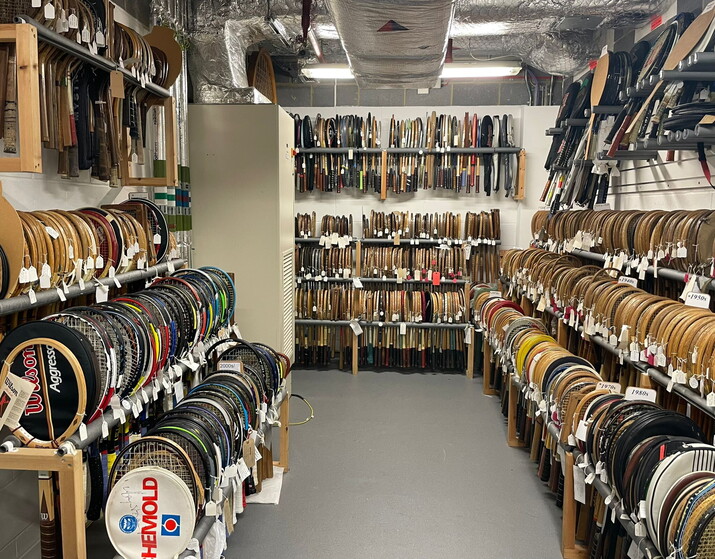
(photo by Mauro Zanon)
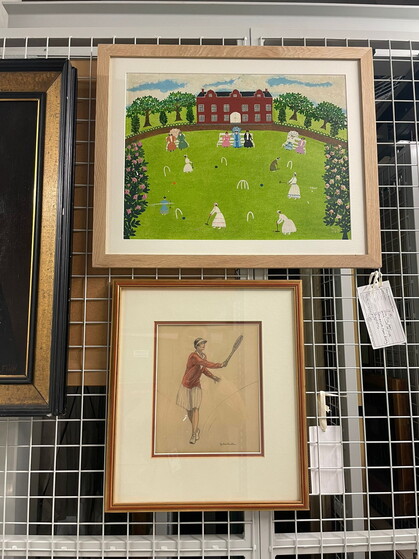
(photo by Mauro Zanon)
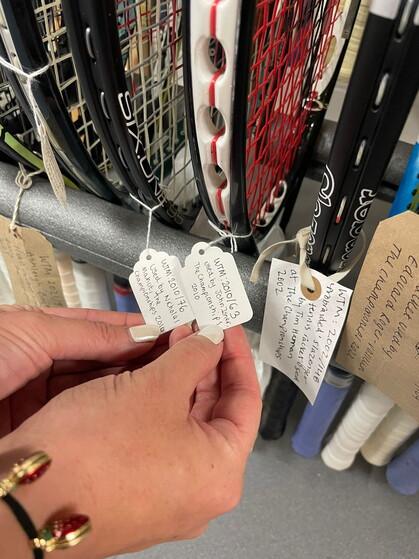
(photo by Mauro Zanon)
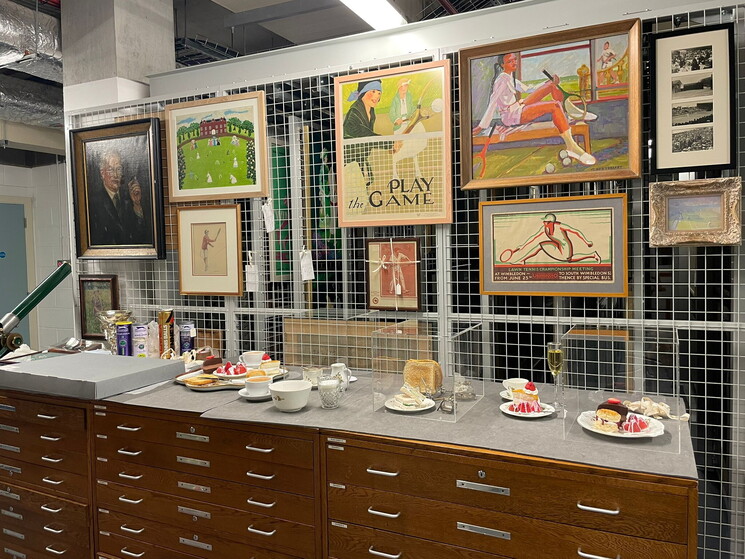
(photo by Mauro Zanon)
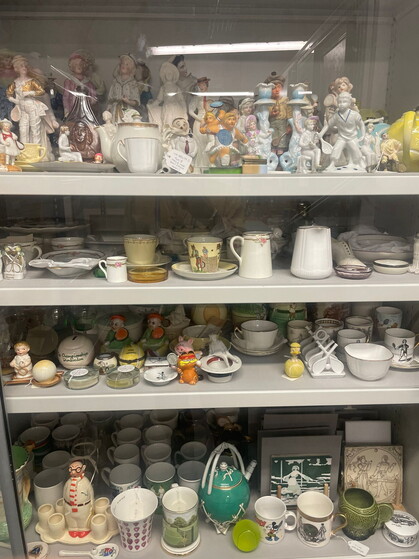
(photo by Mauro Zanon)
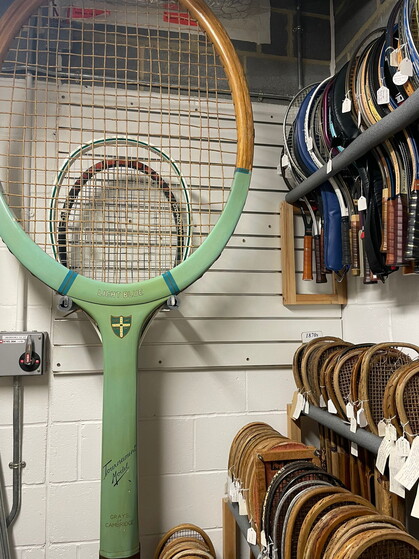
(photo by Mauro Zanon)
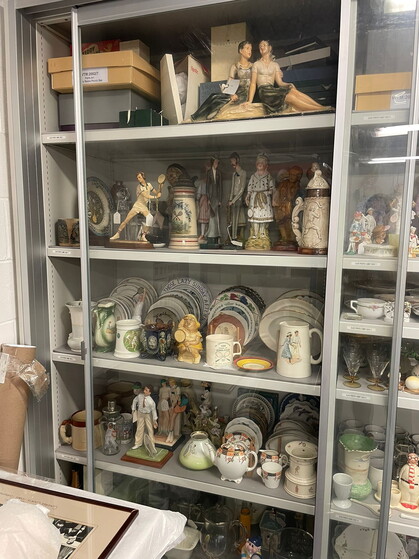
(photo by Mauro Zanon)
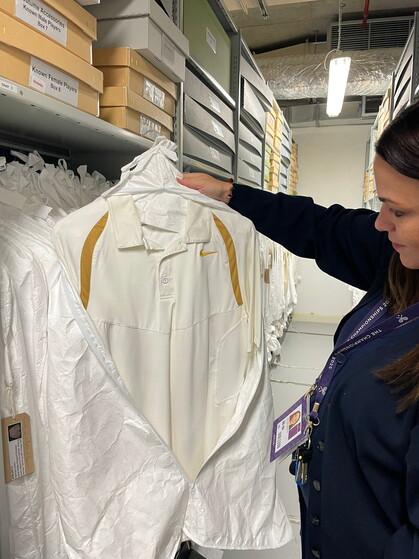
(photo by Mauro Zanon)
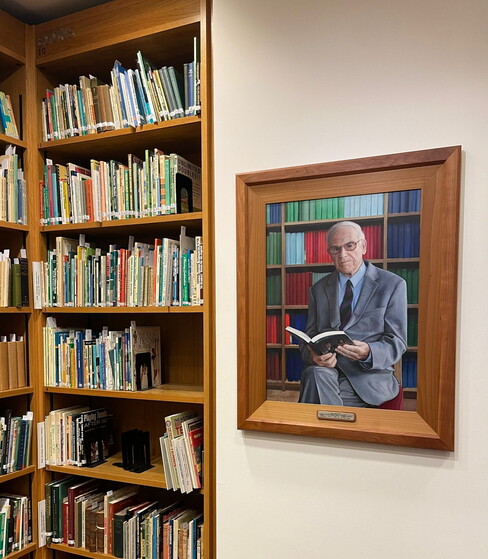
(photo by Mauro Zanon)
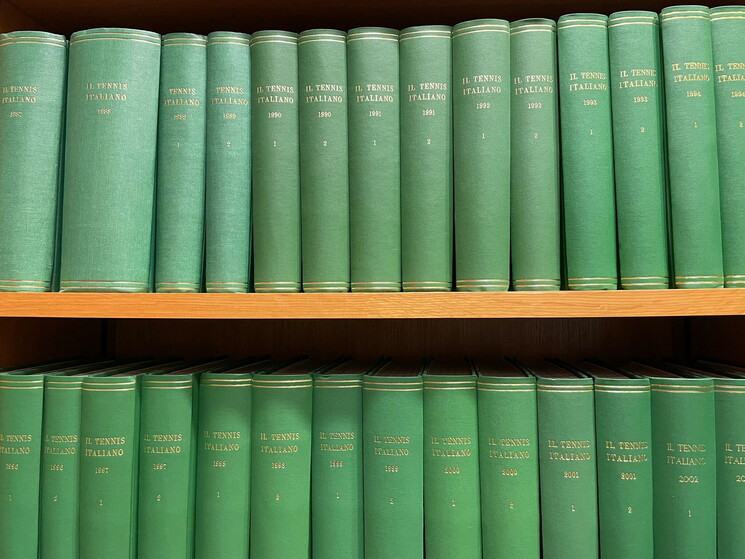
(photo by Mauro Zanon)
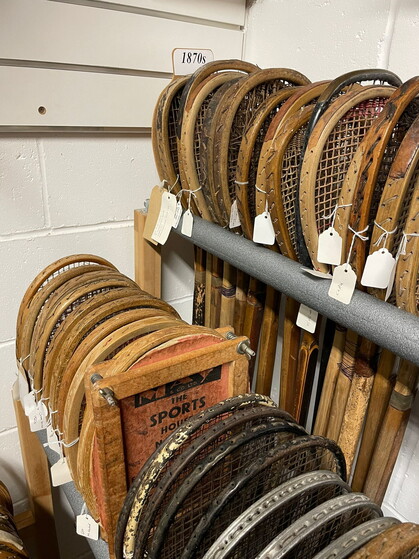
(photo by Mauro Zanon)
Wimbledon . The Kenneth Ritchie Library is the hidden gem of the All England Lawn Tennis and Croquet Club, the tennis club that has organized the Wimbledon tournament since 1877. Founded in 1977 by historian and intellectual Alan Little —whose name is inextricably linked to the history of Wimbledon, not least because he created the Compendium, the bible of tournament statistics and records, which thrilled Rino Tommasi—it is a place where tennis and literature meet and overlap, and every detail breathes the glorious history of this green corner of London, which for a fortnight each year, between late June and early July, becomes the center of the world.
The Kenneth Ritchie Library, located inside the Wimbledon Museum, is accessible by appointment. Il Foglio obtained one from Anna Boonstra, historian and curator of the Kenneth Ritchie Library, who took us on a journey through time, exploring first editions of tennis treatises and vintage biographies by Marcelo Rios , bronze statuettes by Suzanne Lenglen , and Roger Federer 's immaculate white outfits. "It was founded in 1977 on the occasion of the centenary of Wimbledon, at the behest of a great tennis enthusiast, Alan Little, who was honorary librarian until his passing in 2017. The library is named after Lord Ritchie of Dundee, who was chairman of the London Stock Exchange and a long-time member of the organizing committee of the Championships," Anna Boonstra told Il Foglio.
The library boasts more than 15,000 titles, spanning the birth of lawn tennis in 1870 to the present day. Biographies, novels, journalistic research, magazines, yearbooks, tournament programs, and newspaper clippings: it's the largest and most diverse collection on the world of tennis, not just Wimbledon. " And it's open to everyone: journalists, researchers, and the curious. Many schools come here to develop tennis-related projects with their students. We have material from over ninety different countries. There's something for everyone ," emphasizes Anna Boonstra. Italy is well represented on the shelves of the Kenneth Ritchie Library, with books by Gianni Clerici and the complete collection of Tennis Italiano, a magazine founded in 1929 that was revitalized two years ago by Domenico Procacci's Fandango Libri. After showing us some issues of Tennis Italiano from the 1990s, Anna Boonstra directs our attention to a small table, where a treatise with an inscription in Greek, “Sphairistikè ,” meaning “ball game,” stands out, signed by English Major Walter Clopton Wingfield. “It's the first treatise on modern tennis. There are only eight copies in the world. This is number two,” the assistant curator of the Kenneth Ritchie Library tells us, before adding: “ What I find particularly interesting in the treatise is that it illustrates a mixed doubles match, encouraging women to go out, exercise, and play sports, which was not at all common at the time. Another intriguing aspect: the first tennis courts were hourglass-shaped rather than rectangular .”
Alongside Wingfield's treatise, another relic stands out: "Rules for the New Games of Tennis and Badminton," written by the Marylebone Cricket Club, cricket's governing body at the time. "It's another seminal text for the birth of modern tennis. This is the very first copy," says Anna Boonstra. In 1877, during a meeting of the Marylebone Cricket Club, the new rules of tennis were established, drawing on Wingfield's work. The current ones are similar to the originals, except for a few details, including the height of the net and the distance from the service line. The value of these two books? "Invaluable," replies the assistant curator. Among the Wimbledon library's patrons are also designers, "particularly from Italy and Japan," he emphasizes. And we quickly understand why. Anna Boonstra leads us into a sort of secret room, deep in the heart of Wimbledon, accessed after walking through at least three corridors. When the door opens, an endless row of rackets, all labeled, from 1870 to the present day unfolds before our eyes. "These, for example, are the rackets held by John Isner and Nicolas Mahut during the longest match in history , which was played over three days here at Wimbledon in 2010: 11 hours and 5 minutes, 6-4, 3-6, 6-7, 7-6, 70-68 in favor of Isner," explains the assistant curator. The visit continues, and on the left, behind a display case, statuettes of Arthur Ashe and Björn Borg sit alongside early twentieth-century ceramics dedicated to tennis. Further on, an entire room displays the Championships posters, entrusted to a different designer each year. The last stop, which fashion expert Anna Boonstra proudly introduces us to, is dedicated to the strictly all-white outfits of the tennis players who have played in the Championships. "This is the Nike outfit that Roger Federer wore in the 2007 final he won against Rafa Nadal," says Anna Boonstra, a twinge of nostalgia in her eyes. It was the Swiss tennis player's fifth Wimbledon title. He went on to win three more, a record no one has yet matched.
More on these topics:
ilmanifesto





